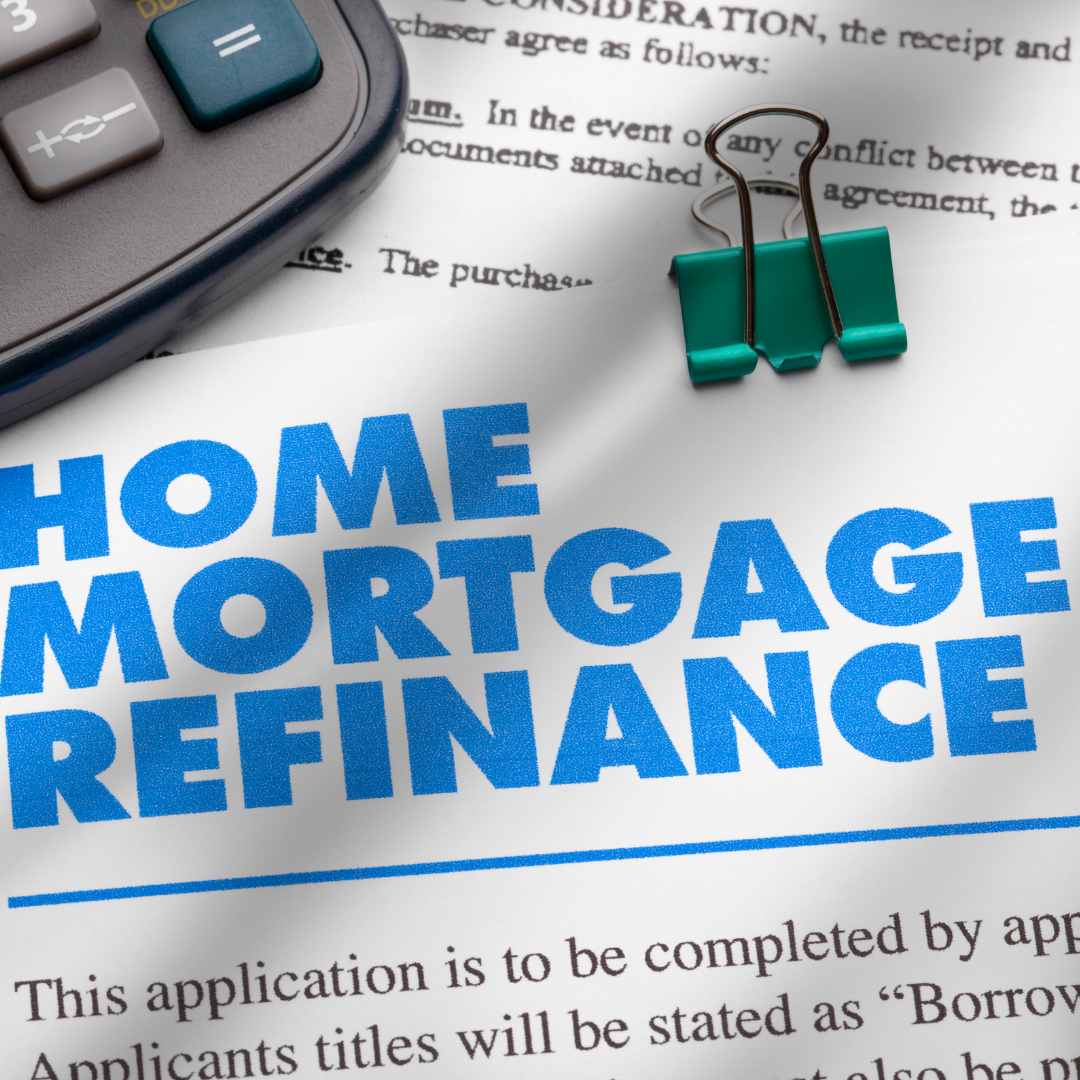How to: Refinance your Home
Are you considering refinancing your home? If so, you’re not alone. In today’s economy, many homeowners are looking for ways to lower their monthly mortgage payments. Refinancing your home can be a great way to do this, but it’s not always the right decision. Here are a few things to consider before you make the jump:
Introduction
Are you looking to lower your monthly mortgage payments, get a lower interest rate, or both? If so, then you might be considering refinancing your home. Refinancing can be a great way to save money on your mortgage, but it’s not always the best option. In this article, we’ll discuss some of the things you should consider before refinancing your home.
How to Refinance your Home
When you refinance your home, you are taking out a new loan to pay off your existing mortgage. This can be done for several reasons, such as to lower your interest rate, shorten the term of your loan, or get cash out of the equity in your home.
If you are considering refinancing your home, there are a few things you should keep in mind. First, refinancing will involve closing costs – typically 2-5% of the loan amount. Be sure to factor these costs into your decision. Second, while refinancing can save you money in the long run, it may not make sense if you plan on selling your home shortly. Finally, be sure to shop around and compare rates from multiple lenders before making a decision.
If you decide that refinancing is right for you, the process is relatively simple. Once you have found a lender and been approved for a loan, they will work with you to get the necessary paperwork completed. Be sure to carefully review all documents before signing anything – this includes the loan estimate form, which outlines the terms of your loan. Once everything is signed and finalized, the lender will send the funds to pay off your existing mortgage and you will begin making payments on your new loan.
The Benefits of Refinancing your Home
If you’re considering refinancing your home, there are a few things you should know about the benefits of refinancing. Refinancing can save you money on your monthly mortgage payments, and it can also help you pay off your home loan faster.
Refinancing is also a good way to consolidate multiple debts into one monthly payment. If you have several debts with high-interest rates, consolidating those debts into your mortgage can save you money on interest payments.
Refinancing can also help you get cash out of your home equity. If you need money for home improvements, college tuition, or other expenses, cash-out refinancing may be a good option for you.
If you’re thinking about refinancing your home, talk to your lender about the benefits and the process.
The Process of Refinancing your Home
The first step in refinancing your home is to contact a mortgage specialist to find out what program options are best for you and to determine if you qualify. Once you have decided to move forward with refinancing, the next step is to get your home appraised. The appraised value of your home will help the lender determine how much money they are willing to loan you.
After the appraisal has been completed, the next step is to fill out a loan application. The loan application will ask for detailed information about your financial history and current situation. Be sure to answer all questions honestly and accurately. Once the loan application has been submitted, the lender will review it and make a decision.
If you are approved for a refinance loan, the next step is to sign the loan documents. Be sure to read all of the documents thoroughly before signing them. Once the documents have been signed, the lender will begin the process of refinancing your home. This process can take several weeks, so be patient.
Once your home has been refinanced, you will begin making monthly payments on your new loan. Be sure to make your payments on time each month to avoid any penalties or fees. If you have any questions about your new loan or the refinancing process, be sure to contact your lender for assistance.
The Costs of Refinancing your Home
The costs of refinancing your home can vary, depending on whether you’re doing a conventional refinance, an FHA refinances, or a VA loan refinance.
A conventional home loan refinance requires an appraisal of your home to determine the new value, and the title company will charge for its services. You may also have to pay for any title insurance and other fees associated with the new loan.
FHA refinancing has its own set of costs, including appraisal, title insurance, origination fees, and other costs that may be required by your lender. The good news is that you may be able to finance these costs into your new loan.
VA loan refinancing also has unique costs associated with it, including a funding fee that goes to the Veterans Administration. This fee can be financed into your new loan. You may also have to pay for a home appraisal and other miscellaneous costs associated with getting a new loan.
Tips for Refinancing your Home
Interest rates are at an all-time low, which has many homeowners wondering if now is the right time to refinance. Depending on your goals, refinancing could save you money each month or over the life of your loan.
If you’re thinking about refinancing, here are a few tips to help you get started:
- Know your goals. Are you looking to lower your monthly payments, or do you want to pay off your loan faster? Refinancing can help you achieve both of these goals, but it’s important to know what you’re hoping to accomplish before you start the process.
- Shop around. There are a lot of different lenders out there, so it’s important to compare rates and terms before you choose one. Be sure to look at both online and brick-and-mortar lenders, as well as local and national banks.
- understand the fees. Refinancing comes with costs, including appraisal fees, title insurance, origination fees, and closing costs. These fees can add up, so be sure to factor them into your decision before proceeding.
- Get pre-approved. Once you’ve chosen a lender, it’s time to get pre-approved for your loan. This will give you an idea of how much money you’ll be able to borrow and what interest rate you’ll be offered.
- Compare rates and terms. Once you’re pre-approved, compare the interest rates and terms offered by different lenders. Make sure to look at both fixed-rate and adjustable-rate mortgages before making a decision.
6 Choose the right mortgage type for you. There are many different types of mortgages available, so be sure to choose one that fits your financial needs and goals. If you’re not sure which mortgage is right for you, talk to a financial advisor or housing counselor. They can help you understand the pros and cons of each type of loan.
Frequently Asked Questions about Refinancing your Home
Q: What is refinancing?
A: Refinancing is the process of taking out a new loan to pay off an existing loan. This can be done to get a lower interest rate, get a different loan term, or both.
Q: How do I know if it’s a good idea to refinance my home?
A: There are a few things to consider when thinking about refinancing your home. First, you’ll want to make sure that you have enough equity built up in your home. Equity is the difference between what your home is worth and how much you still owe on your mortgage. Second, you’ll want to compare the interest rate of your current mortgage to the interest rates of new mortgages and see if there is a significant difference. Third, you’ll want to consider the fees associated with refinancing and make sure that they will be offset by the savings you’ll get from a lower interest rate. Finally, you’ll want to think about how long you plan on staying in your home. If you only plan on living there for a few more years, it might not make sense to refinance because it will take longer to recoup the costs of refinancing through lower monthly payments.
Q: How do I get started with refinancing my home?
A: The first step is to contact different lenders and compare rates and terms. You can also use an online tool like Credible to compare rates from multiple lenders at once. Once you’ve found a lender that you want to work with, you’ll need to fill out an application and provide some documentation, including proof of income and assets, as well as your credit score. Once your application is approved, you’ll sign some paperwork and then your new loan will be funded!
Conclusion
Homeowners who refinanced in the early 2000s are now able to take advantage of lower interest rates and may want to consider refinancing again.
If you’re considering refinancing your home, you’ll want to compare rates and terms from several lenders to get the best deal. You’ll also need to factor in the cost of any fees associated with the loan.
Refinancing can be a great way to save money on your mortgage, but it’s not always the right decision. Be sure to weigh the pros and cons carefully before you decide whether or not to refinance your home.
| MortgagesToGo.ca | |
| Website | Mortgagestogo.ca |
| Services | New purchase, refinancing and equity takeouts, mortgage transfer, mortgage renewal Rates |
| Rates | https://mortgagestogo.ca/mortgage-rates/ |
| Address | 12 Royal Vista Way NW #1110, Calgary, AB T3R 0N2 |
| Contact Details | (888) 888-5998 |
| Operating Hours | Monday – Friday 9 AM – 5 PM |









